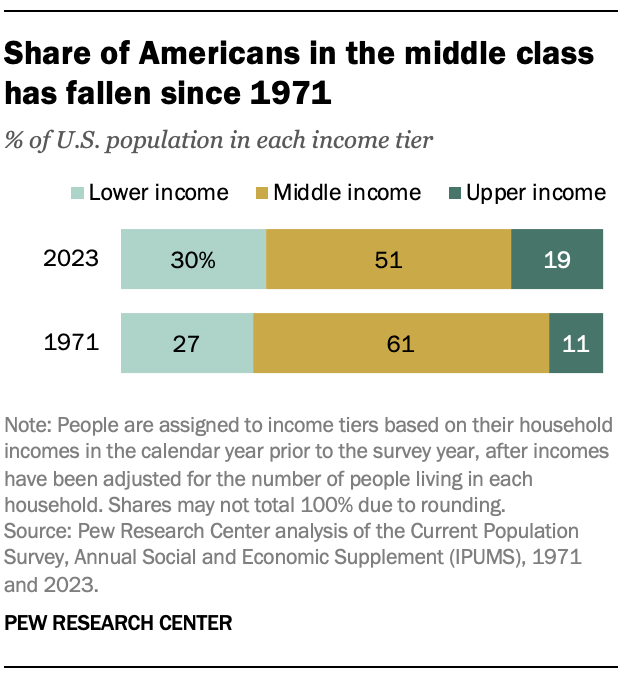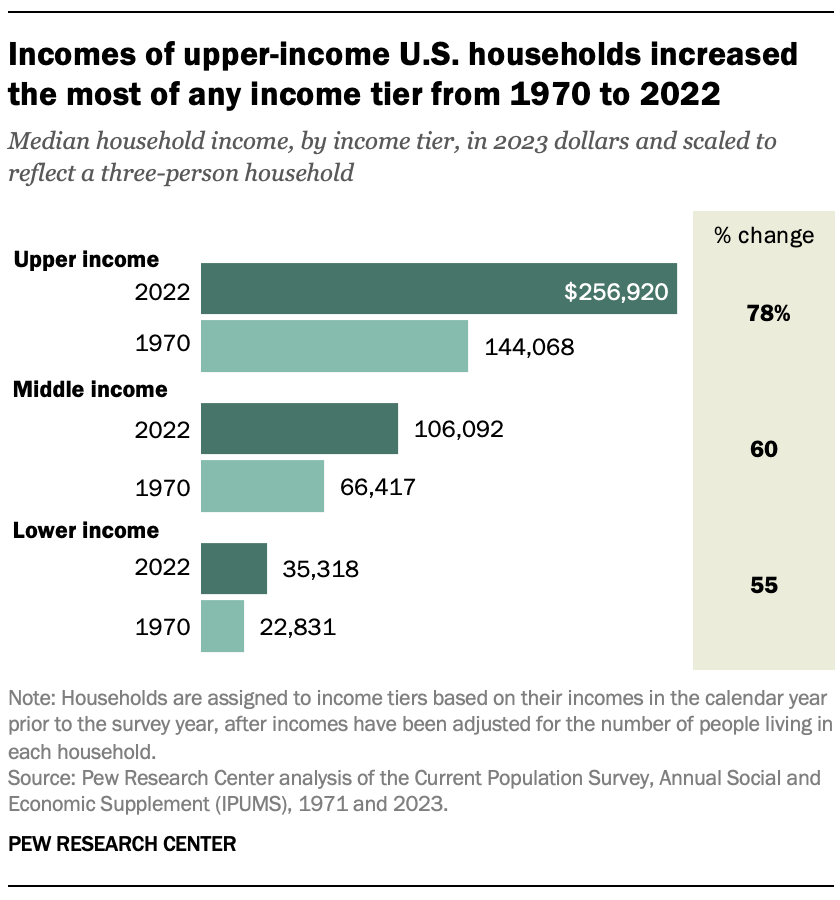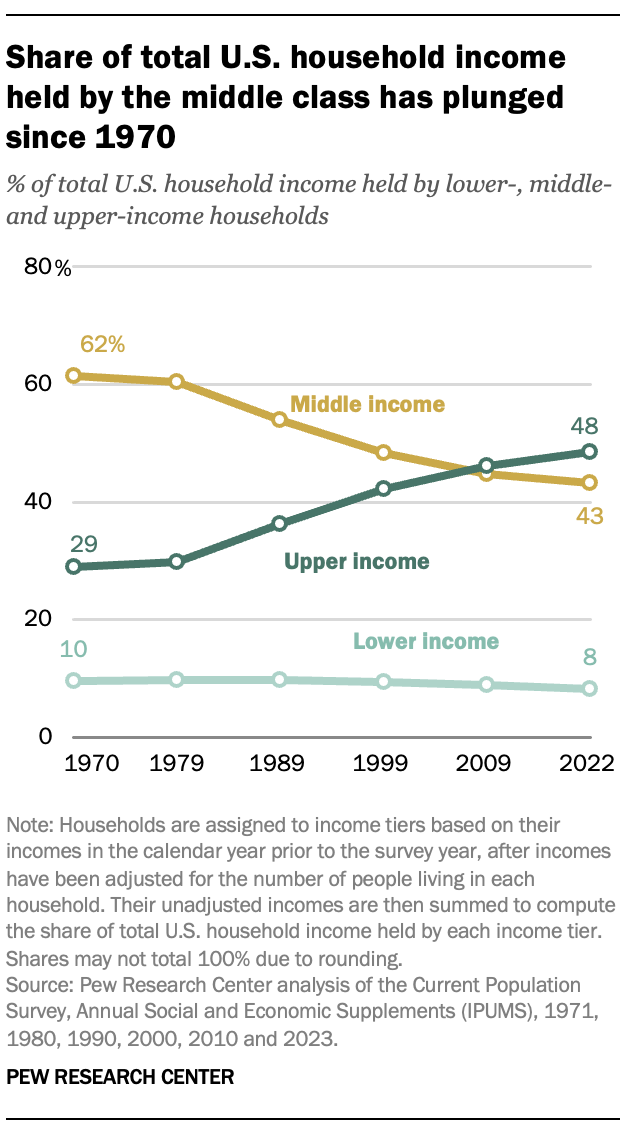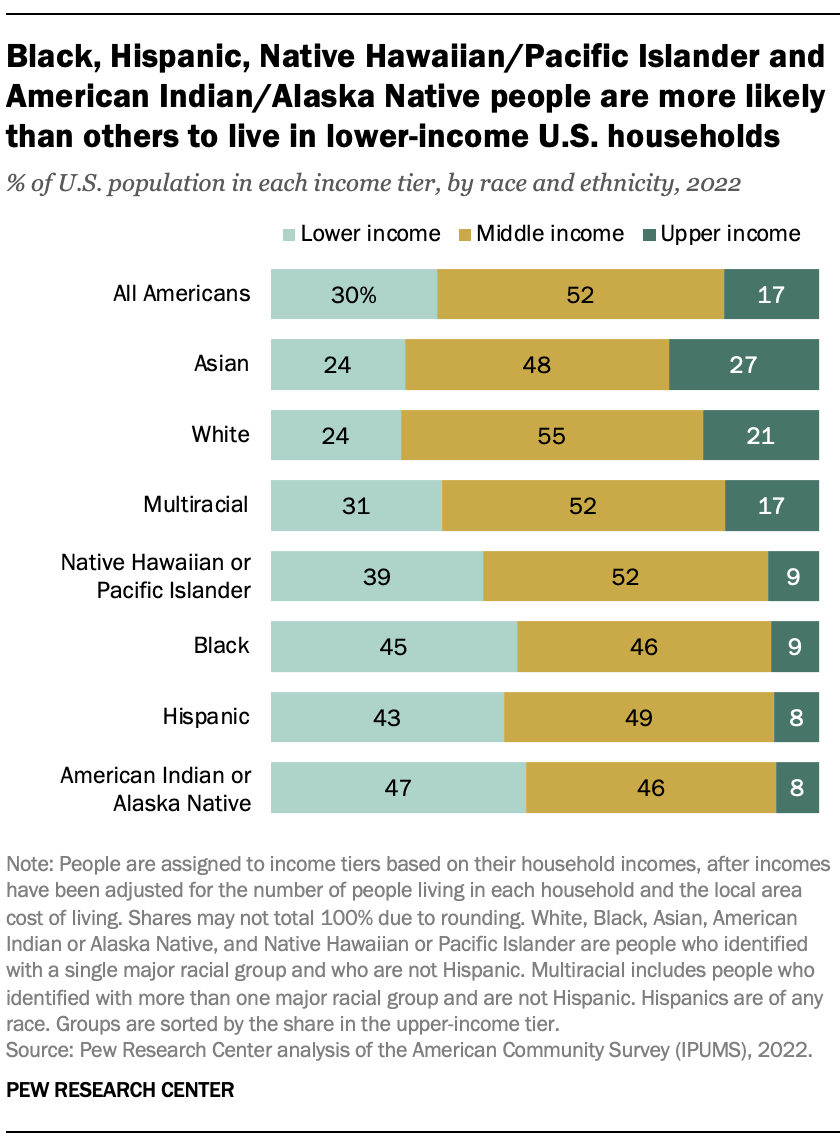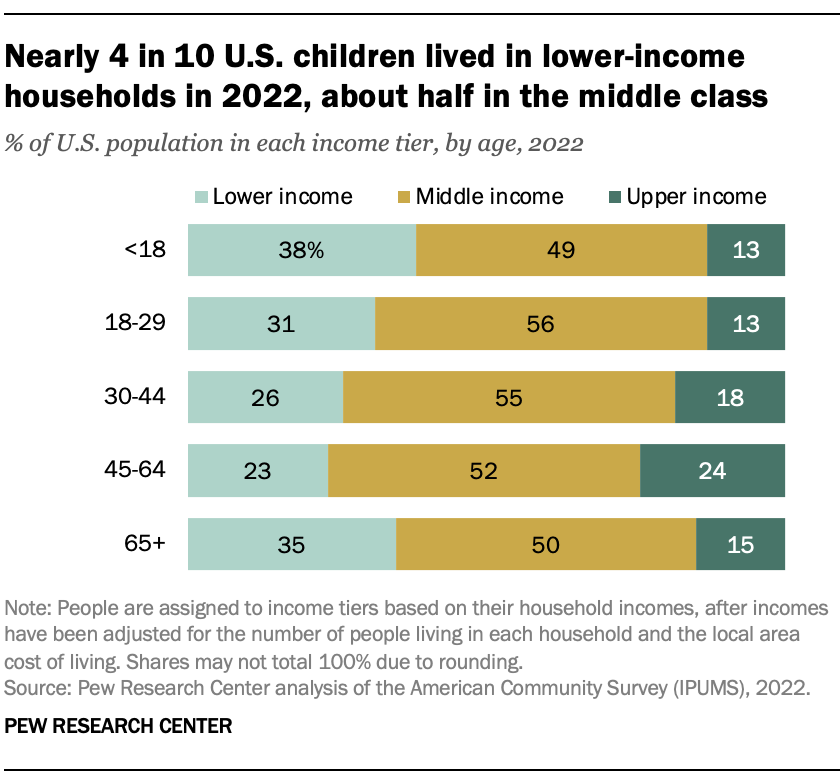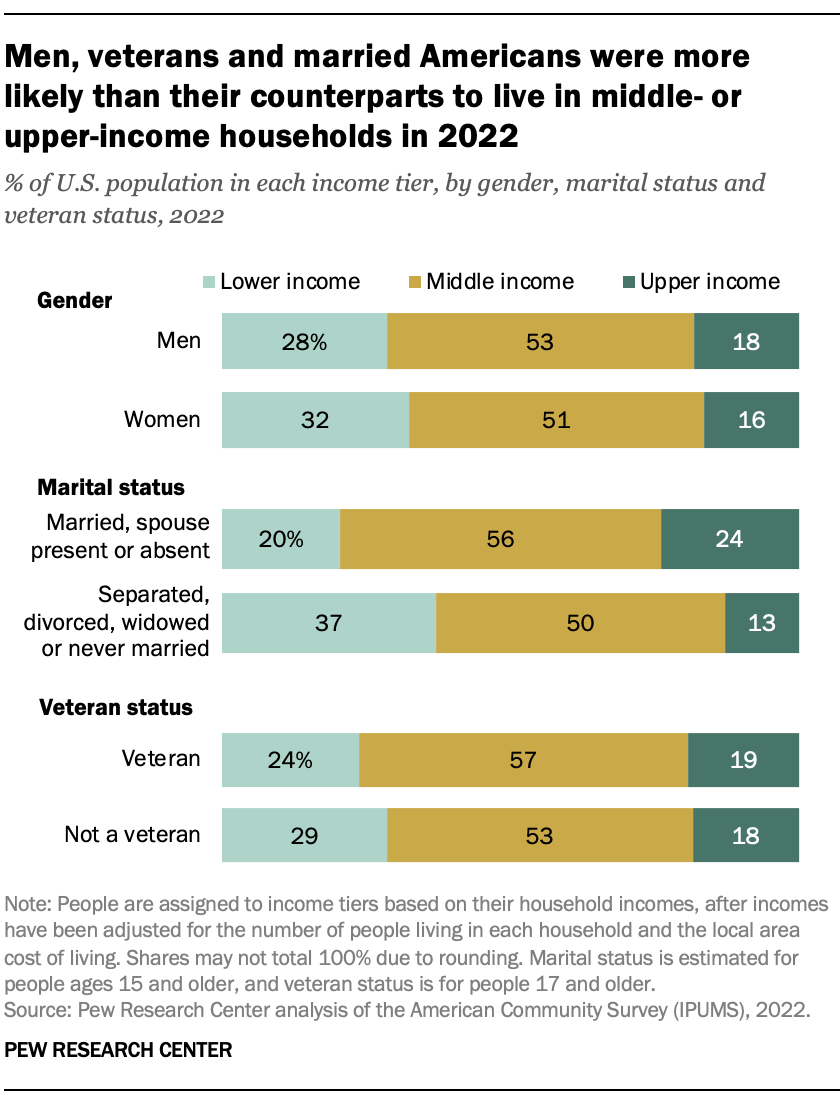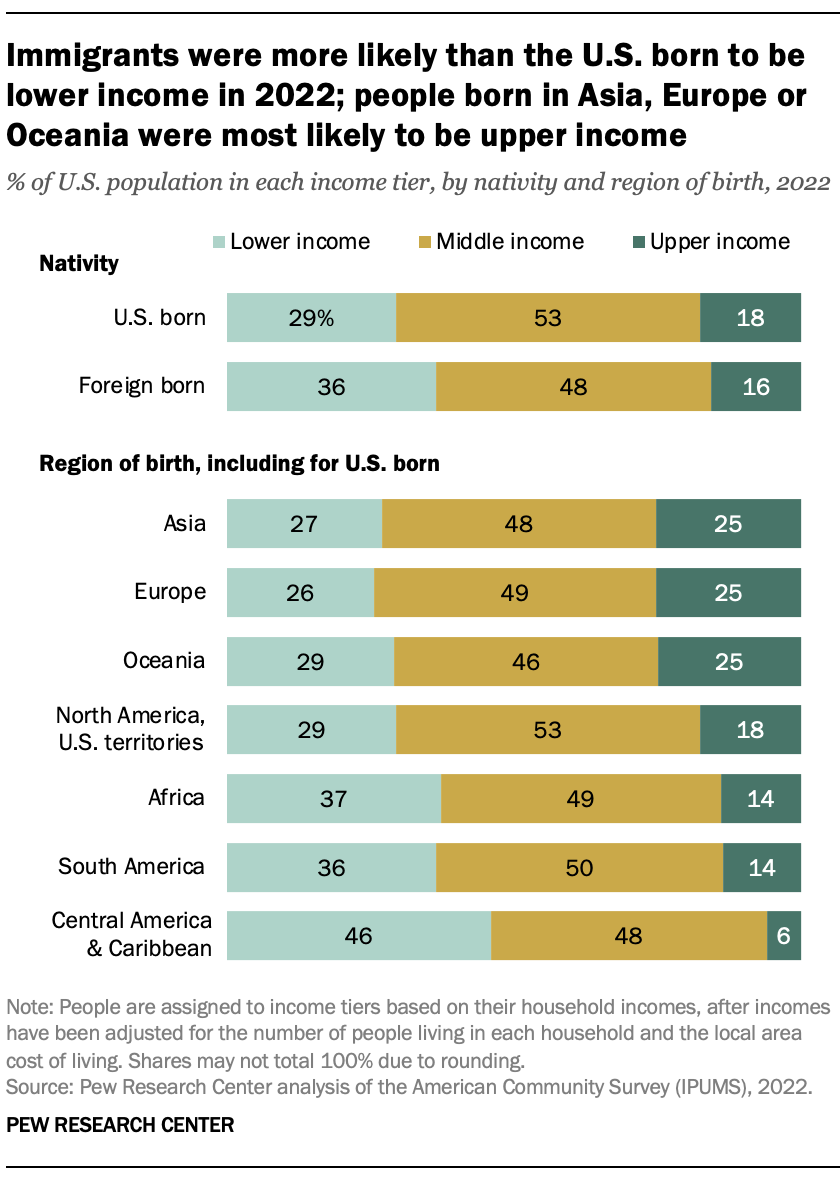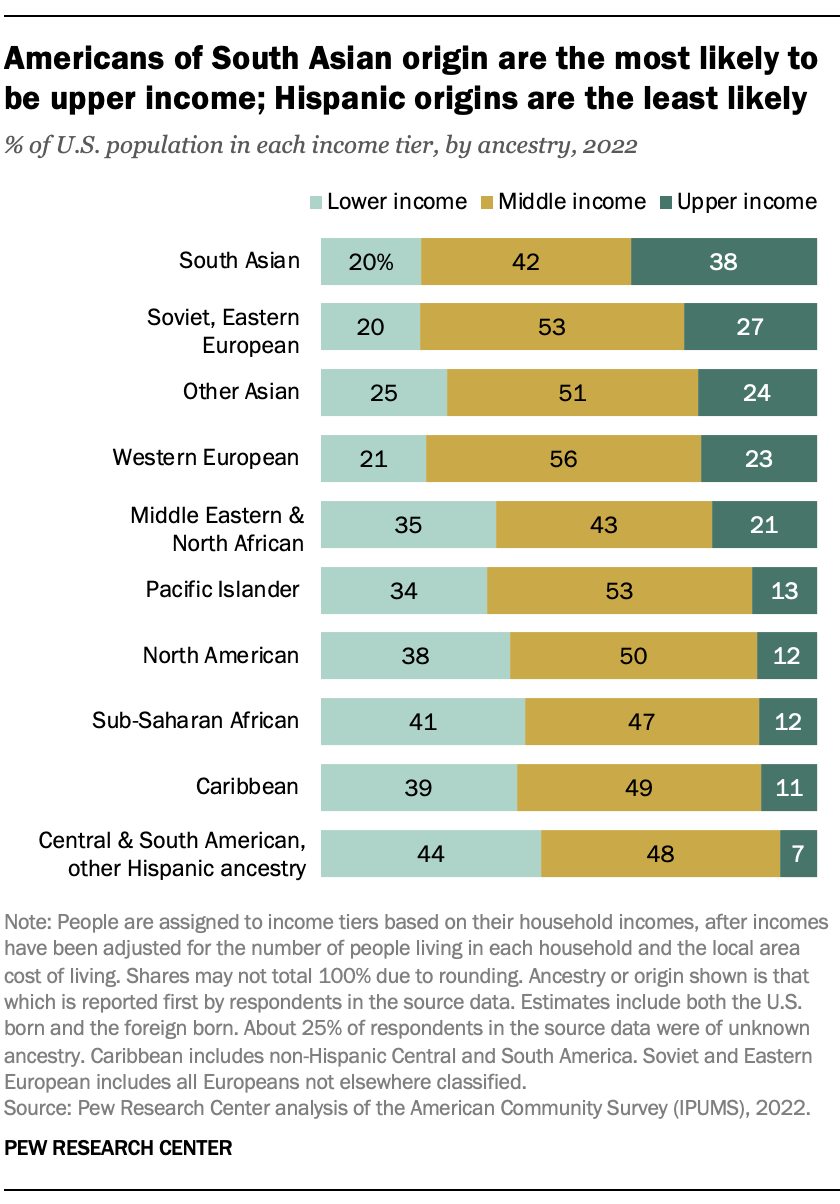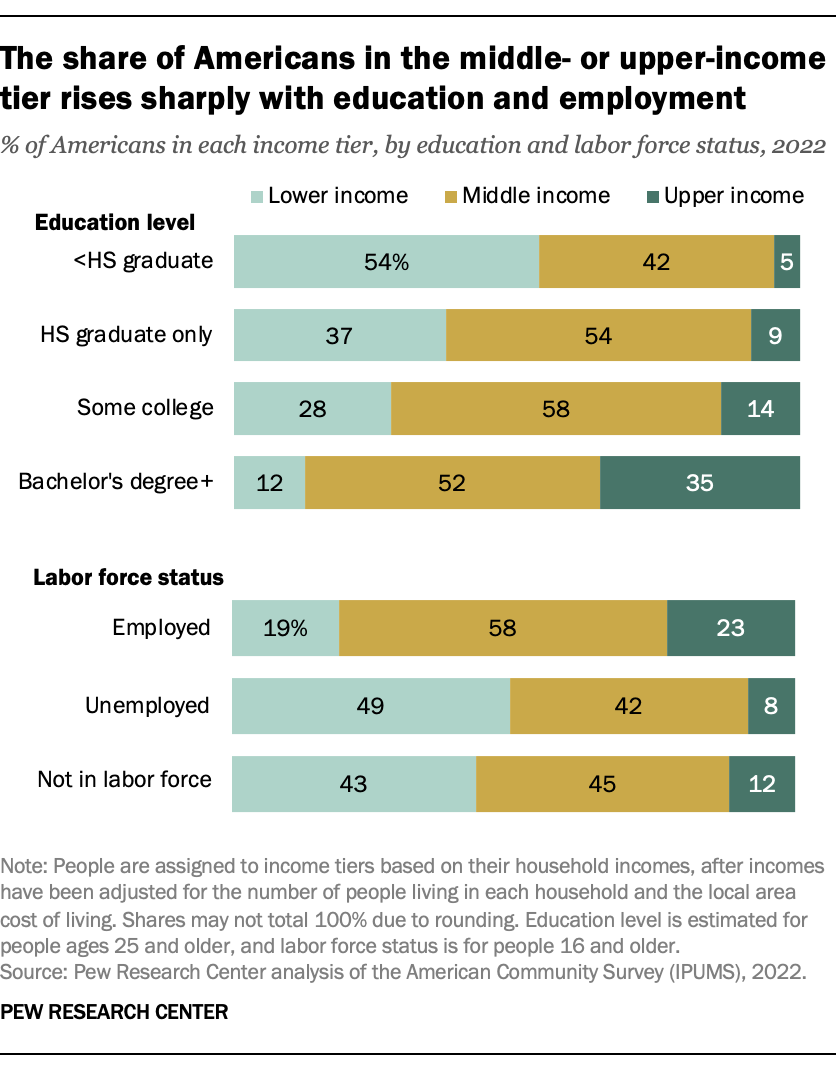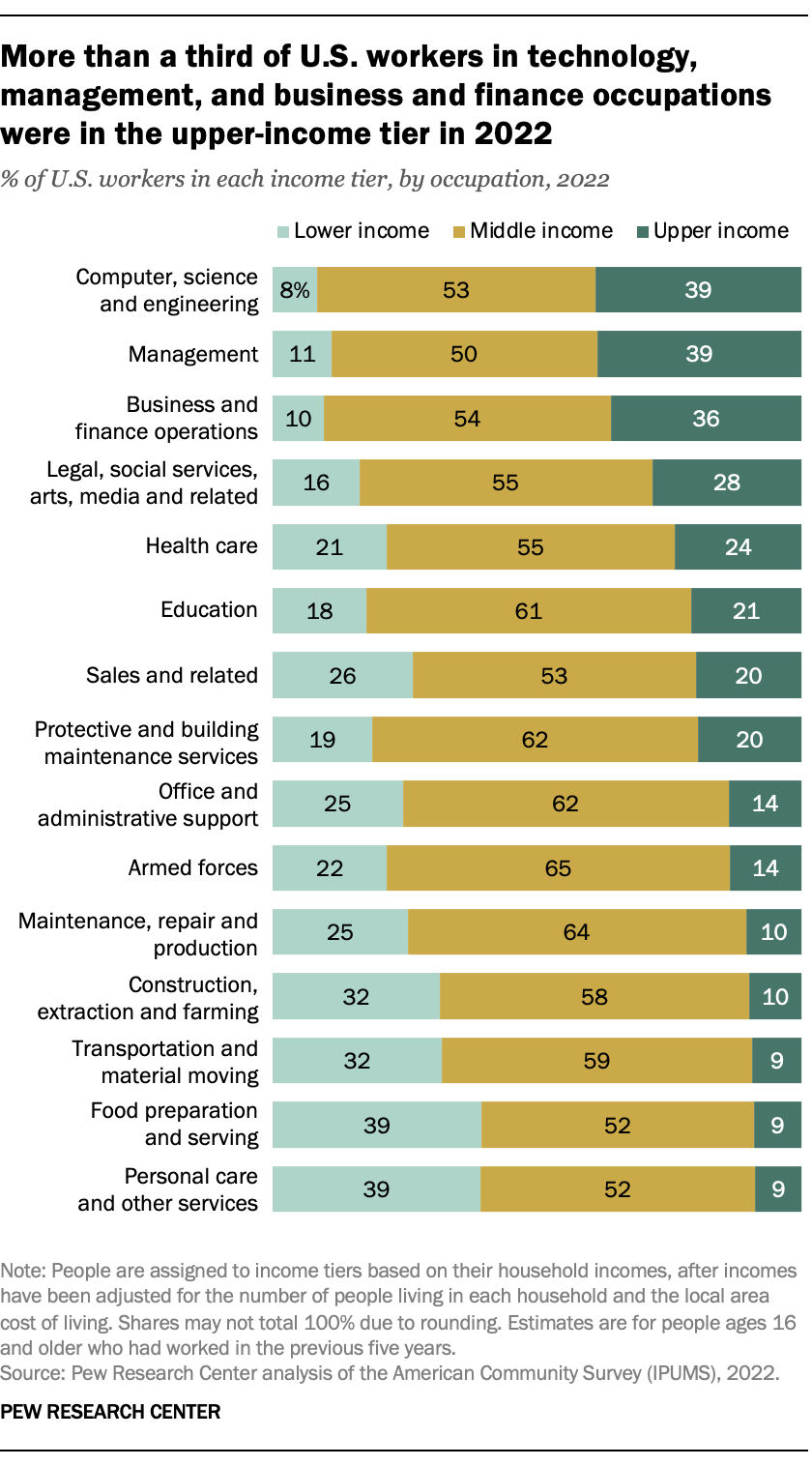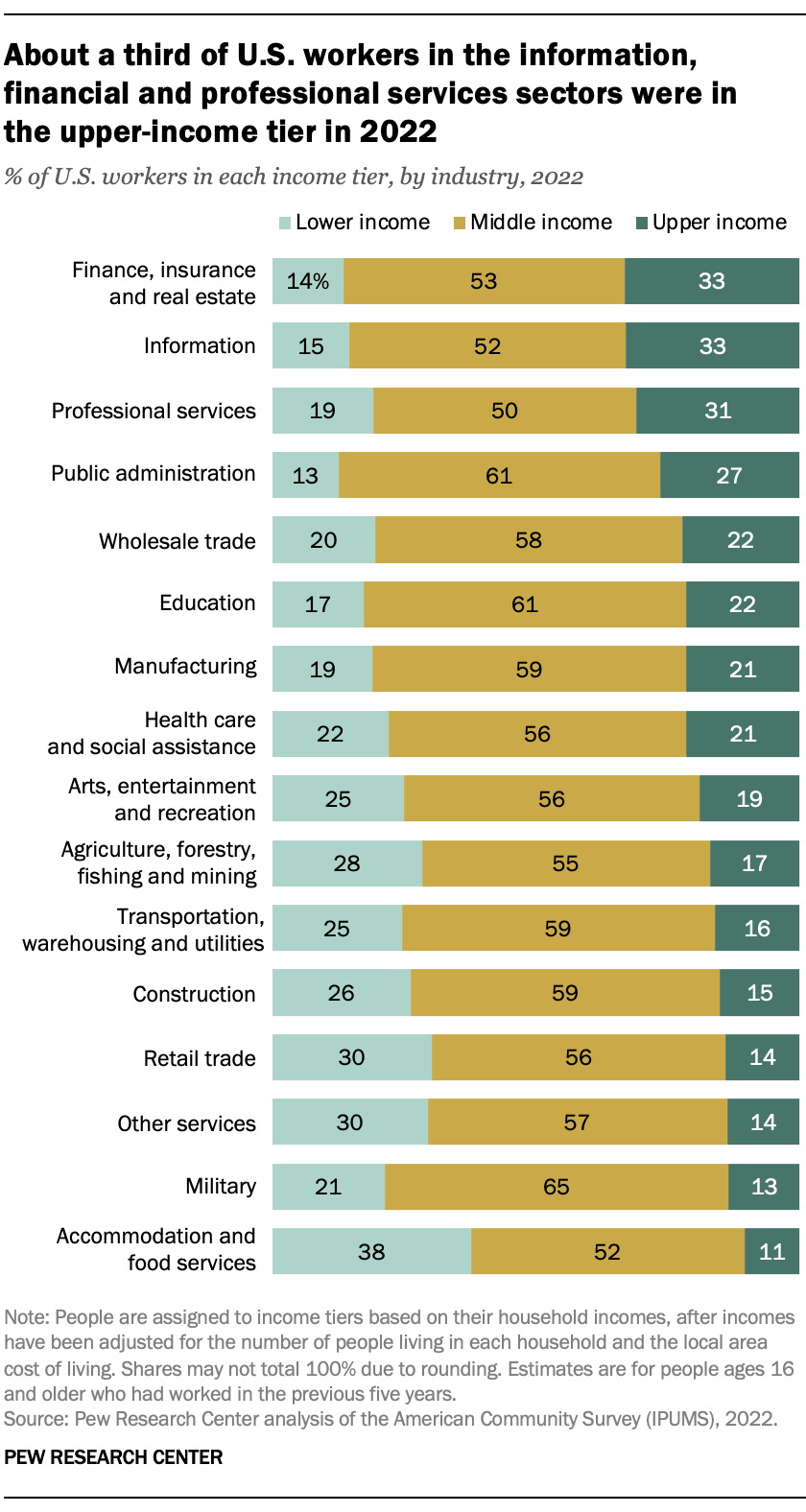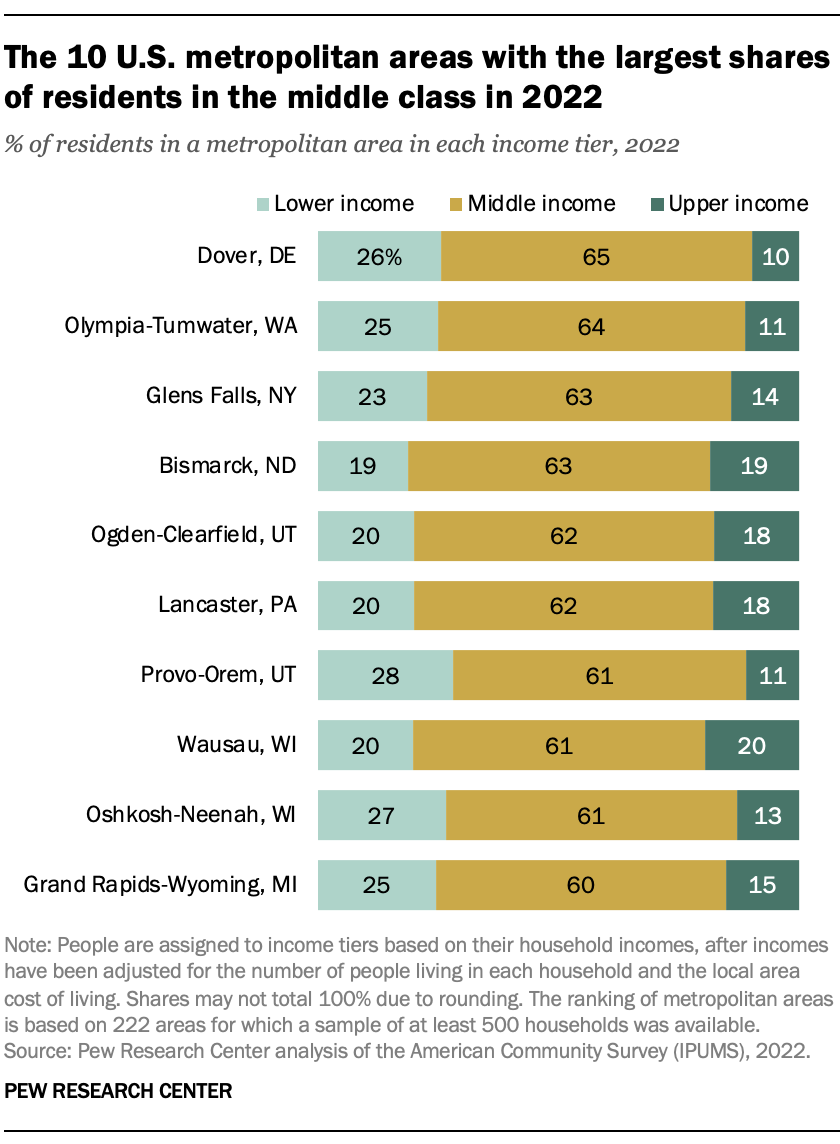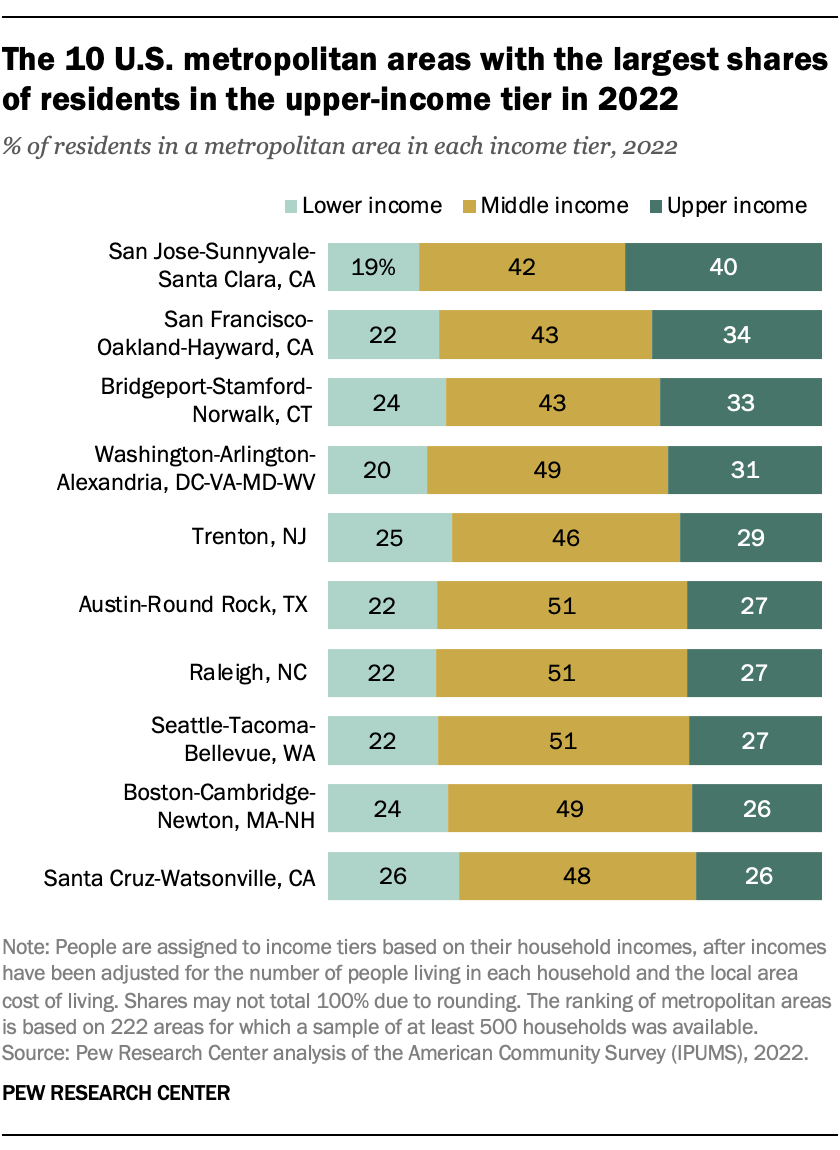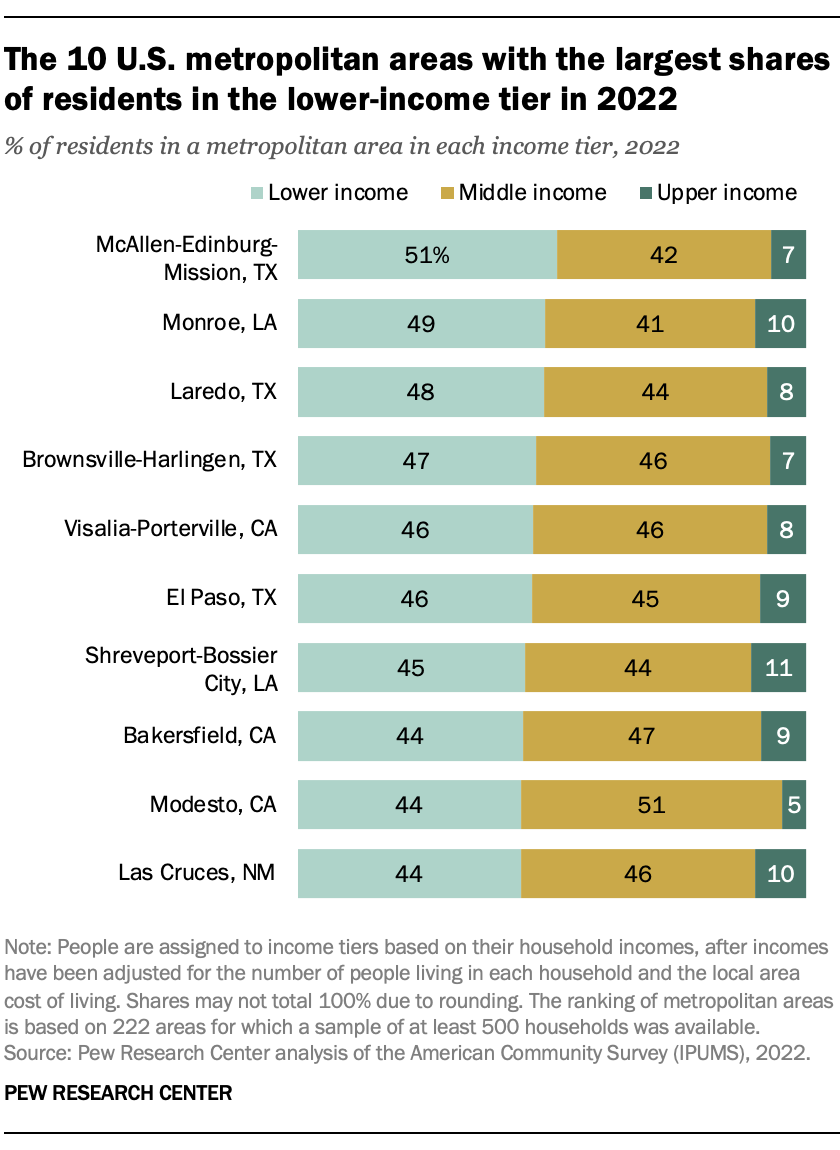Owen Hatherley
Without Model: Parva Aesthetica
by Theodor Adorno, translated by Wieland Hoban.
Seagull, 177 pp., £19.99, June 2023, 978 1 80309 218 8
Adorno is easily parodied. Photos on social media show him frog-like, myopic and bald, denouncing the willing consumption of dross, the personal embodiment of a refusal to ‘let people enjoy things’. Another meme features Reverend Lovejoy from The Simpsons derisively brandishing a copy of Minima Moralia: ‘You ever sat down and read this thing?’ (In the original, it’s the Bible the reverend is holding up to ridicule.) Others use an image of Adorno in a one-piece swimsuit at the beach, looking as if he’s quietly enjoying himself – a more winsome George Costanza. These memes are surely made by people who had to study Adorno at university. They will probably have read the depressive aphorisms of Minima Moralia and some fragments from Dialectic of Enlightenment on the ‘culture industry’; a few unfortunates will have had to tackle the thickets of Aesthetic Theory or Negative Dialectics. Along with the parodies come received ideas: Adorno the grouch, Adorno the scourge of mass media, Adorno the mandarin Marxist; or, as Ben Watson puts it in his counterweight, Adorno for Revolutionaries (2011), Adorno as ‘a kind of German T.S. Eliot without the practical cats’.
Adorno’s aesthetics are extreme. ‘He is an easy man to caricature,’ Watson writes, ‘because he believed in exaggeration as a means of telling the truth.’ But he was no misanthrope. A melancholic, certainly, but also a utopian socialist whose work is motivated above all by a horror of suffering – of the working classes, of European Jews, of animals – and an unending if faint hope that it could one day be ended. He is frequently, and rightly, upbraided for his wildly ignorant essays on jazz, but these are by no means all there is to know about his views on the culture industry. He was a defender of ‘high art’ or, as he preferred, of the avant-garde, with certain figures – Beckett, Kafka, Schoenberg – appearing again and again as touchstones, and he was cautionary in response to his friend Walter Benjamin’s views on the utopian potential to be found in cinema, radio and advertising. In a letter he wrote to Benjamin in August 1936, Adorno defines his own position as being where the extremes of art – the very lowest, the very highest – touch, but not where they meet in the middle. ‘Both bear the stigmata of capitalism, both contain elements of change,’ and ‘both are torn halves of an integral freedom, to which however they do not add up.’ The adversary was the work that stood in between, the tasteful, the middlebrow: Adorno would ‘naturally never and nowhere’ endorse ‘the middle term between Schoenberg and the American film’. The fact remains, though, that Adorno’s work includes thousands of pages on the ‘high’ part of that dipole, and very little on the ‘low’.
Without Model is Adorno at his most relaxed, a sequence of short, sometimes fragmentary texts on aesthetics – a ‘Parva Aesthetica’ – assembled by the author in late life and published in 1967, two years before he died. Much of it hasn’t appeared before in English, which is unusual for a writer whose work has, like Benjamin’s, been scoured for repackagable leftovers. Adorno took a lot of care over what he did and didn’t publish, in a manner which often reflected his desire to stay under the radar politically after he emigrated from Frankfurt in 1934, ending up in Los Angeles after stints in Oxford and New York. Unlike his comrades Ernst Bloch or Hanns Eisler, Adorno never considered the possibility of building a life in the ‘other’ Germany to the east. His decision in 1949, as McCarthyism was taking hold, to leave the US and restart the Frankfurt Institute for Social Research meant making an accommodation with a just as fervently anti-communist Federal Republic. He and Max Horkheimer had already censored themselves in Dialectic of Enlightenment (1944), using carefully coded terms for class struggle and capitalism; subsequently Adorno took his name off the (excellent) book he had written with Eisler on cinema music, Composing for the Films (1947). Eisler went on to write the DDR’s national anthem, while Adorno’s trenchant opposition to ‘committed’ or ‘engaged’ modern art dovetailed nicely with the trends of the time. Where American artists like Philip Guston or Jackson Pollock had once made murals that might decorate a new post office or public housing project, now they were painting abstracts that could appear in the lobby of an office block. Some recently excavated work – such as Towards a New Manifesto, an explicitly Marxist exchange of aphorisms with Horkheimer from 1956 – makes clearer the socialist politics Adorno preferred to obscure for reasons of comfort and self-preservation: it’s clear why they didn’t want it published.
Adorno never fully committed to the West in the Cold War – whereas Horkheimer supported the war in Vietnam on ‘yellow peril’ grounds – but he knew on which side his bread was buttered. He taught a generation of German Marxists in Frankfurt during the 1950s and 1960s, but his relationship with the left was scarred after he refused, unlike his close friend Herbert Marcuse, to support the German university protests of the late 1960s. On one occasion in January 1969, he called the police in to deal with students occupying his seminar room. A few months later, in a packed lecture hall, he was heckled by students demanding that he engage in ‘self-criticism’, and when three women students invaded the podium to stage a Busenaktion, baring their breasts and sprinkling petals over his head, he fled.
Adorno’s commitment to being without a ‘model’ – a Leitbild – is rooted in one of his most appealing dislikes, for the philosophy of Martin Heidegger. ‘In keeping with the still widespread ontological trend’, Adorno writes in his introduction, he could choose to ‘waffle something more or less veiled about eternal artistic values’, but prefers instead to stress the messy, the unfinished and the fragmentary. He yokes the language of Heidegger and the existentialists to the economy: ‘the word “values”, which has become fashionable since Nietzsche to refer to insubstantial norms that are divorced from humans’, was, he asserts, ‘not by chance taken from the sphere of objects par excellence, namely that of economic exchange’. Instead, the ‘small aesthetics’ in Without Model will defend ‘the zone that conformism seeks to proscribe as experimental’, which for Adorno, as ever, ‘is the last refuge of the possibility of aesthetic truth’.
Aside from two long pieces – one on the Baroque, one on ‘functionalist’ architecture – the essays and fragments here lack the intensity and difficulty of the two grand works he was writing at the time, Negative Dialectics (1966) and the never completed Aesthetic Theory (1970). Compared to the vast threshing machine of the latter, with its ten-page paragraphs and formidable bleakness, these pieces can appear, to use a term that Adorno would have held in contempt, almost ‘accessible’. There is a short retrospective essay on ‘The Culture Industry’, reprising arguments from Dialectic of Enlightenment. In it, Adorno takes specific issue with the notion that he was mounting a defence of ‘high culture’. Rather, capitalist mass media have created a version of ‘high art ... stripped of its seriousness by aiming for effect, while low art, having been tamed and civilised, loses the wildly resistant quality that inhabited it before society gained total control’. Some who don’t share Adorno’s prejudices about Black music have found value in his work when applied to free jazz or punk or jungle – kinds of music that have been nothing if not ‘wildly resistant’.
Once or twice, Adorno even makes an attempt at humour, as in ‘Non-Conciliatory Proposal’, in which he imagines the formation and actions of a union of German hotel painters (generally Adorno is funnier in moments of vituperation rather than jest). The piece may have been prompted by the amount of time Adorno, in his sixties, was spending on holiday. There are several travel sketches, which may have been attempts to emulate Benjamin’s shard-like essays on Naples, Moscow or Marseille, but are devoted instead to more conventional well-to-do holiday destinations – Tuscany, Switzerland, Paris, Vienna. They are wholly lacking in the visionary, transfiguring quality of Benjamin’s depictions of place. In snatches, they shine some light on the life of a writer deeply hostile to biography. Adorno’s mother, whose maiden name he took as his pen name (his father’s name was Wiesengrund), was a professional opera singer for the Habsburg court. The piece here on the Baroque Bavarian town of Amorbach records his memory of hearing euphemistic talk of a court gardener’s abuse of his daughter: ‘As a schoolboy, I thought the words “decent” and “chaste” meant something highly unseemly, probably because they were mostly used in the context of indecent acts.’ Otherwise, he is sad to find, after spending time in America, where every town looks the same, that in rural Germany every town looks the same too.
These pieces are as bourgeois as any example of travel writing from the time, and there is little in Adorno’s discussion of Lucca that a much lesser intellect wouldn’t have discovered on finding both poverty and grandeur in a small Italian city. He can’t understand why people should be emigrating from somewhere so beautiful for the wastes of North America or Argentina, ‘when the opposite should be the case’. One aphorism records ‘faces that look as if they were made for great, possibly tragic destinies, but which are probably simply rudiments left over from the times when there really was such a thing, assuming there ever actually was’.
Similarly, in ‘From Sils Maria’, written in 1957, Adorno wanders around the Engadin valley in Switzerland, gazes at the night sky in search of Sputnik, wobbling among the planets and stars, and makes such remarks as ‘when Piz da la Margna’ – one of the area’s most striking mountains – ‘wears her light shawl of mist, playful yet reserved, she is a lady who one can be sure would never travel to St Moritz to go shopping.’ He is unashamedly bourgeois in Paris too. ‘Scribbled at the Jeu de Paume’ is a sketch of what was then the most significant collection of Impressionist paintings, and of the Eiffel Tower, whose Babylonian grandeur from distance belies its appearance as a ‘grisly monster’ up close. He also writes divertingly on how, unlike their more doggedly ruralist German followers, the French Impressionists incorporated suburbia, railway bridges and artefacts of modernity into their pastoral scenes. These once jarringly contemporary features are by now visual artefacts of the ‘good old days’ which have been relocated to the late 19th century – something Adorno anticipates in describing the way the paintings of Monet or Pissarro ‘absorb’ the shocks of modernity. He pauses also to lament the fame of Toulouse-Lautrec as a product of the culture industry: ‘While everyone insists that commercial art can be great art too, its triumph over advertising benefits advertising.’ Eventually, with ‘Vienna, after Easter 1967’, all this fey drifting becomes infuriating, as he moans about the paving of paths in the Prater. The first line – ‘Viennese melancholy in 1967: the fact there is no more Viennese melancholy’ – made me giggle.
Adorno was opposed to biography by and large because he believed that a chronicle of the banal facts of a life made an artist’s work banal in turn. And it’s true that Adorno is seldom so boring as when he is telling you about his holidays. In these sketches he is quite honest about his own class position, and his sometimes conventional tastes when it came to culture outside his own fields of music and literature. In the ‘Vienna’ essay he freely confesses to a sympathy with the old Habsburg aristocracy, and aristocrats more generally – because intellectuals and aristocrats are both outside the system. ‘The way they live their lives,’ Adorno claims, ‘is not fully determined by the exchange principle.’ Adorno’s frenemies, such as Brecht or Eisler, would surely retort that this was a polite way of saying that both aristocrats and intellectuals are parasites.
‘On Tradition’ is more penetrating on the ways in which the culture of pre-industrial society survives in the ‘administered world’ and its culture industry. As Adorno would surely have been able to observe in his four years at Oxford in the mid-1930s, bourgeois society first destroys traditions, then displays their remnants as décor in order to create an illusory continuity. Accordingly, ‘as soon as they are worshipped by the cultural consciousness as relics, even genuinely traditional elements, major artworks of the past degenerate into components of an ideology that revels in the past so that nothing will change in the present.’ Much of this text restates Adorno’s anathemas on middlebrow culture, the very worst being art, architecture or music that tries to compromise between modernism and classicism. But also here is an aspect of Adorno’s thinking that is a near constant presence, though often missed: a sympathetic attention to what capitalist culture looks like to capitalism’s victims, for whom fake tradition becomes a form of consolation.
If someone suffers because of the omnipotence of the merely existent and yearns for what has never been, they may feel a greater affinity with a southern German market square than a reservoir dam, despite knowing how much the timber framework of the houses serves the conservation of stuffiness, the complement to mechanised ruin.
Against various kinds of futurism, he asserts that ‘forgetting is inhumane, because it means forgetting the accumulated suffering.’
This insight recurs in ‘Functionalism Today’, a lecture on modern architecture, which Adorno admits is not his specialism. Adorno’s aesthetics, especially after 1945, focused on a notion of ‘autonomous’ art, outside political commitment and outside the capitalist market, obeying its own rules, aggressive, dissonant, fragmentary, dedicated to speaking the unspeakable no matter how unpalatable it might be. This autonomy is invariably to some degree illusory – there is always a client, or sometimes, as in the Federal Republic, a government stipend – but in the case of architecture it is impossible, especially for public buildings and the urban reconstruction of the postwar era. For Adorno’s version of modernism, this presents a problem. ‘Because architecture is not exclusively autonomous, but at once purpose-bound, it cannot simply negate humans as they are, even though, being autonomous, it must do so.’ He admires Le Corbusier and, especially, Adolf Loos, but is made uncomfortable by the possibility that the astringency of their work might make people suffer when they don’t deserve to (unlike, for instance, concert or theatre audiences, who are fair game). In the manner of Dialectic of Enlightenment, he stresses that the ‘rationalism’ of modernist architecture can’t be wholly admirable in the service of a still basically irrational society. ‘To be sure, horror at technology is stuffy and reactionary, but that is not all it is. It is also a shudder at the violence that an irrational society inflicts on its forced members.’ It is because of this, rather than backwardness or degeneracy or cowardice, that people want to escape to fairy-tale castles; and Adorno faults Loos for apparently never having had this childhood dream.
It’s possible that Adorno didn’t realise he was kicking at an open door. By the 1960s, many architects had rejected the technocratic metaphors of the 1920s in favour of more expressive, personal forms of modernism. Designers like Giancarlo De Carlo or Oscar Niemeyer were making statements remarkably similar to Adorno’s on the ‘two irreconcilable motives’ of modernist design, which are ‘parsimony – for where, if not among the norms of profitability, is it written that nothing should be wasted? – and the dream of a technified world liberated from the ignominy of labour’. But Adorno remained too much a modernist actually to advocate for a return either to classicism or to the formal histrionics of Expressionist or Art Nouveau architecture. Such ‘subjective’ design results ‘not in architecture but in film sets’, albeit ‘sometimes even good ones’, such as Hans Poelzig’s sets for The Golem (1920). In Aesthetic Theory, Adorno praised the Berlin Philharmonie of Hans Scharoun, usually regarded as a late Expressionist building, because for him it was ‘truly’ functionalist, in that its total devotion to acoustics created a form that was organic and irregular, rather than based on an inappropriate analogy with industry.
He had a lot more to say about film, including some extremely harsh words for most Hollywood product, and harsher words still for the movies of postwar Germany. This level of attention has sometimes been reciprocated. One of the major figures of the first wave of New German Cinema, Alexander Kluge, was a devoted student of Adorno, and later German modernist filmmakers, from (the French-born) Jean-Marie Straub and Danièle Huillet to Harun Farocki, have also been committed Adornians. ‘Transparencies on Film’ is the best-known piece in Without Model, since a previous translation was included in the never-out-of-print anthology The Culture Industry (1991), a book which curated an especially monolithic mandarin Adorno. The essay ends with a parodically lofty dismissal of all commercial cinema of the era, as Adorno asserts that in the mid-1960s, ‘the standardised Westerns and crime stories’ – Sergio Leone? Sam Fuller? – ‘are even worse than the official top products. In an integral culture, one can no longer even rely on the dregs.’
But this is merely a deflated coda to an otherwise open-ended essay. It begins by praising the New German cinema of Kluge and Volker Schlöndorff, specifically for its rough, jagged, ‘unfinished’ look. The text serves almost as a programme for lo-fi cinema, ranged explicitly against the big bangs of montage cinema (Vertov, Eisenstein) that Benjamin had praised three decades earlier – ‘there is reason to doubt the durability of a procedure that aims for shock value.’ Adorno has some reservations about Schlöndorff’s film from 1966 of Musil’s Young Törless, but his complaints are about the verbal rather than the visual, rooted in the perfectly defensible argument that literary language tends to sound clunky on the screen. About the visuals Adorno is enthusiastic. ‘The features of the comparatively awkward, inept work unsure of its effect are marked by the hope that the so-called mass media might become something qualitatively different,’ where ‘a comfortingly uncontrolled chance element’ comes in: ‘the imperfections in the complexion of a pretty girl become a corrective of the established star’s flawless skin.’ In a similarly optimistic vein, he observes that the tawdry French romantic dramas and sex comedies of the era have had the unintended effect of making young people in Catholic countries much more willing to display affection publicly. Here the culture industry ‘contains the antidote to its own lie; this is all that need be pointed out to save it.’
Another rare example of Adorno’s often stated but seldom demonstrated sympathy with unadulterated ‘low’ culture comes in ‘Chaplin Times Two’, a salute to the actor-director that recalls some of the passages on clowns and clowning that enliven Aesthetic Theory. Adorno doesn’t praise Chaplin, as was common at the time, as someone who ‘elevated’ slapstick into ‘high art’. He politely passes over the later ‘serious’ films, the ones without the Tramp character, arguing that ‘interpretations’ of Chaplin are ‘all the more unfair to him the more they elevate him’. He finds an aggression in Chaplin’s work, and the manner in which he gently but ruthlessly mocks and emulates the gestures of others. The real Chaplin, Adorno argues, ‘is not a victim but rather seeks victims, pounces on them, tears them apart’; he is ‘a Bengal tiger as a vegetarian’. He ends his sketch with the spectacular flex of recalling the occasion when he himself had the privilege of being imitated by Chaplin. At a party in Los Angeles, Adorno was introduced to an actor who had lost his hand in the war. In his embarrassment, as he moved to shake the actor’s metal claw, his ‘expression of horror’ changed ‘into an obliging grimace that must have been far more terrible’. Chaplin, who was there, immediately spotted his discomfort and replayed the entire scene in mime.
It is on the subject of music that Adorno remains most respected, and most despised. Music is the art form he cared about most and the subject of his most controversial ideas. (It’s perhaps telling that while Beckett, the only literary figure he praised as much as he praised Schoenberg, had a friendly correspondence with Adorno, Schoenberg regarded him with bafflement and contempt.) The pieces on music here include ‘Obituary for an Organiser’, an affectionate remembrance of Wolfgang Steinecke, the critic and teacher who after 1945 founded the modernist musical festivals and courses out of which emerged the Darmstadt School of fearlessly exploratory music. Adorno, usually unforgiving on such matters, passes silently over Steinecke’s career as a critic in the Third Reich, and credits him with the creation of ‘a school of uncompromising music ... whose intransigence can bear comparison with the Second Viennese School of Schoenberg’. By the 1960s, Adorno had retreated somewhat from his fierce rejection of all that was not atonal. Where once he seemed to think that Stravinsky deserved no better than to provide the musical setting for the dancing hippos in Disney’s Fantasia, by 1967 he was praising his parodic neoclassical style as an analogue to Surrealism. The obituary for Steinecke is similarly ecumenical: ‘The slogans emanating from Darmstadt – serial, pointillist, aleatory, post-serial, informal music – are often mutually irreconcilable. And yet there is a common impulse that lives in all of them.’
The opposite of that impulse was revivalism, which Adorno detected especially in the renewed interest in Baroque music (a view he also expressed in ‘Bach Defended against His Devotees’, an essay in Prisms, another self-selected collection of essays, from 1955). In ‘The Misused Baroque’, he makes plain his lack of interest in the typologies of style that had marked so much of German art history (most famously, Wölfflin’s Renaissance and Baroque), pointing out the ubiquity of mediocre Baroque churches and altarpieces littered around Germany, which he sees mirrored in the ‘musical factories’ of Baroque composers such as Georg Philipp Telemann. One can take or leave all this, but what’s more significant is the depiction of a ‘high’ culture debased and banalised by the culture industry: ‘When a harpsichord or clavichord chirrups on the radio and the instruments accompany it with their diligently repetitive motifs, the illuminated sign saying Baroque Music flashes brightly, like religion with organ sounds or jazz for squawking syncopations.’
Similarly, in Germany and Austria, ‘areas without factories, especially those characterised by reasonably unshaken Catholicism, take on a monopolistic character through their scarcity and themselves become luxury goods, a complement to the industrialism in whose midst they flourish. Their Baroque has become a poster of total culture for tourist purposes, and this damages its own beauty.’ This fallen status is presumably why he struggles to say much of interest in his travel sketches of Amorbach and Vienna.
Without Model ends with ‘Art and the Arts’, another restatement of the political pessimism and artistic optimism that characterised Adorno’s late career. He takes pride in the question so often directed at his electronic, atonal, choral, concrète favourites, among them Kagel, Stockhausen and Ligeti: ‘Is that still music?’ ‘Today,’ Adorno argues in 1967, ‘the avant-garde takes [this] narrow-minded question ... at its word, sometimes answering it with a music that indeed no longer aims to be such.’ As an example he offers Ligeti’s ‘very important, highly crafted Atmosphères’, a piece from 1961 which ‘no longer knows any individual notes that can be distinguished in the usual sense’. In 1935, Adorno pronounced anathema not on Hollywood cinema or atonal music, but on whatever might try to combine the two and thereby dilute the force and extremism of both. Just before he died, cinemas in Frankfurt will have been screening Stanley Kubrick’s 2001: A Space Odyssey, where Atmosphères plays against a black screen at the film’s opening, before the cosmic monolith appears to a group of hominids at the ‘Dawn of Man’. Kubrick uses the recording as a short cut to express the ineffable, the impossible to understand, the mystical, the eternal. In its middlebrow pomposity, its massively expensive technological flash, and its aspi
